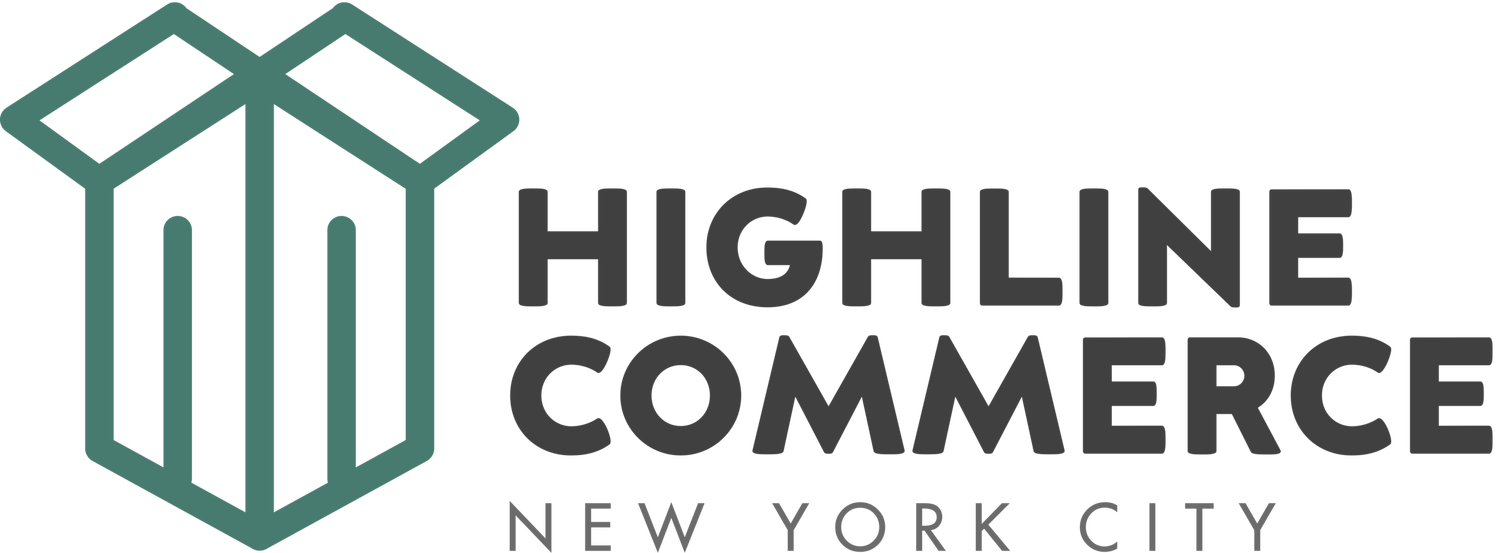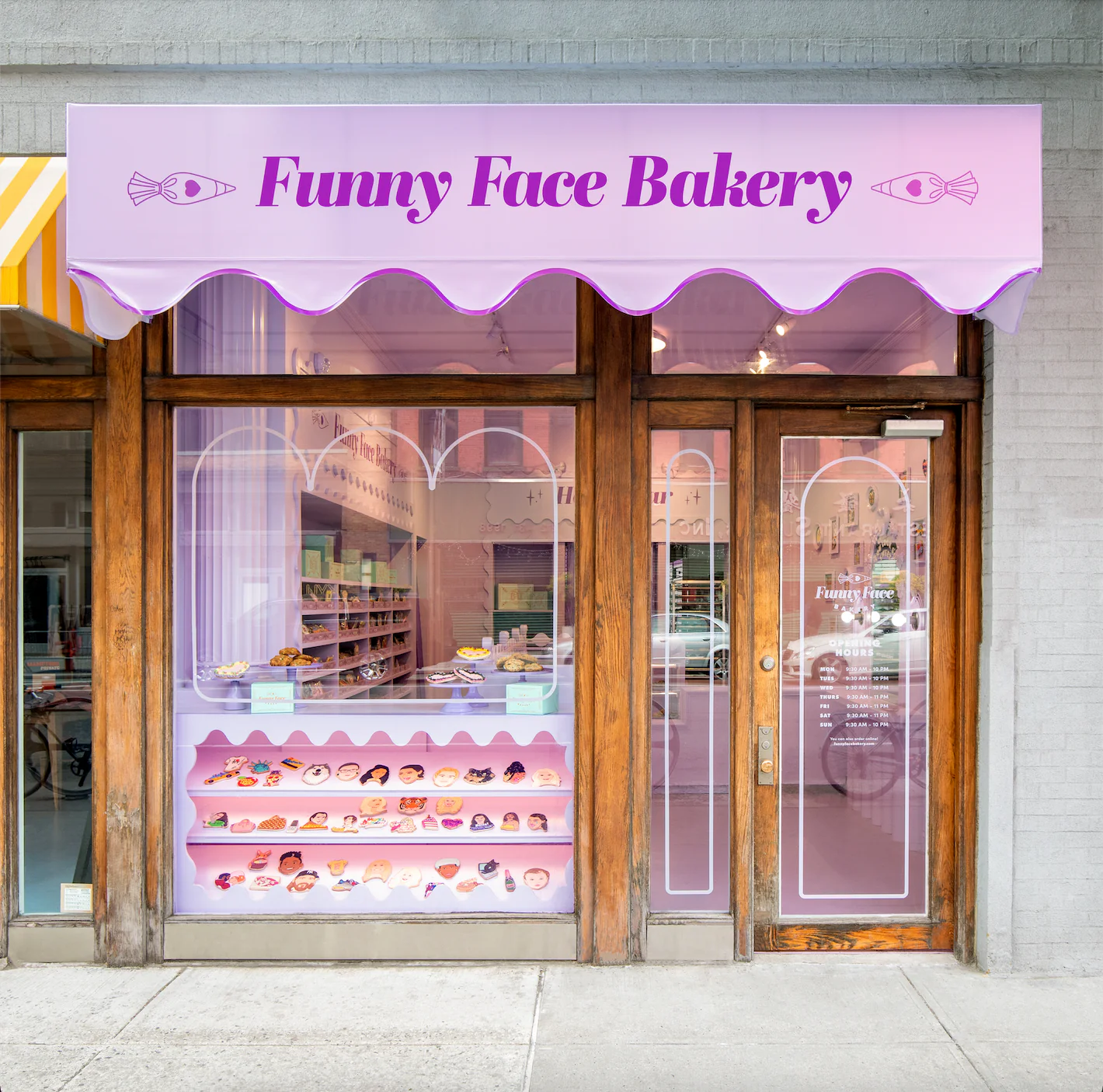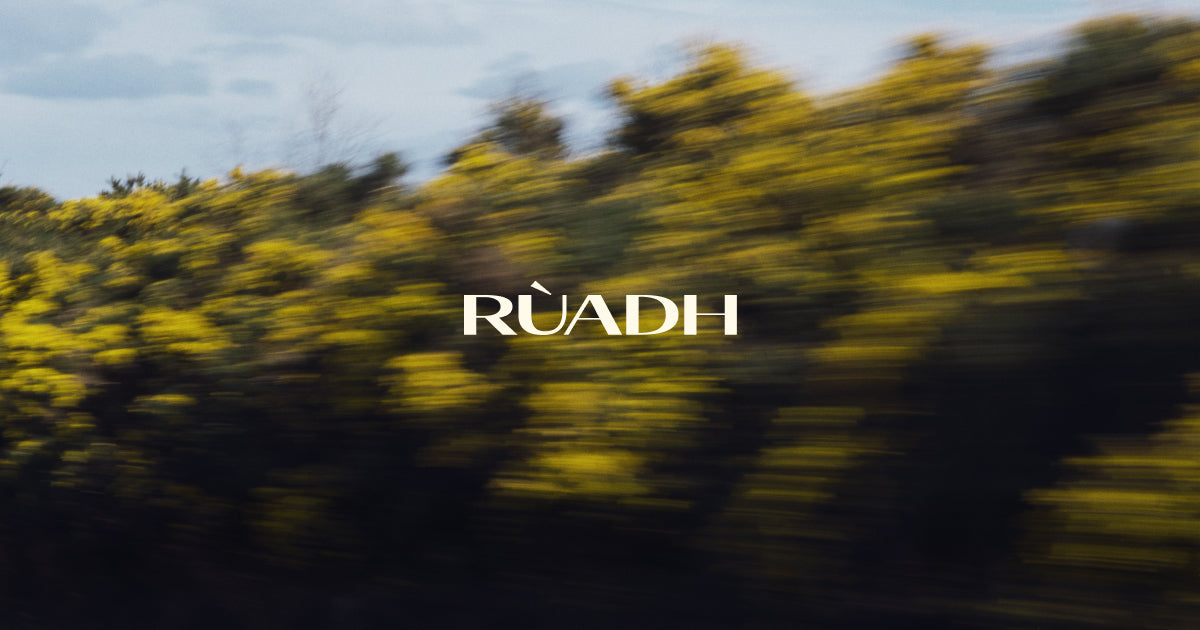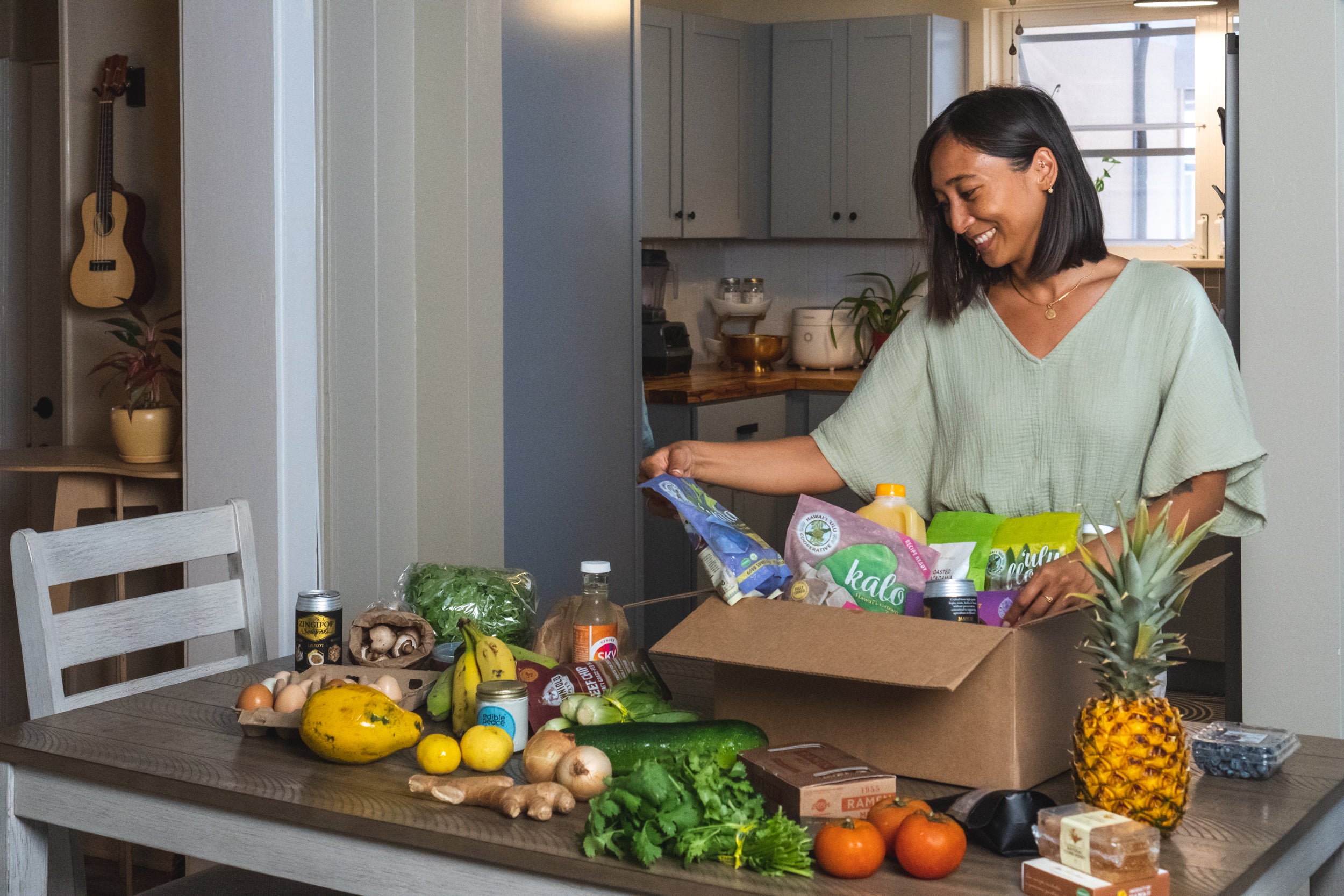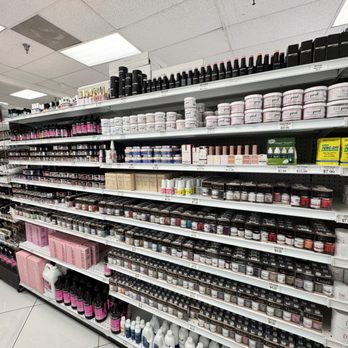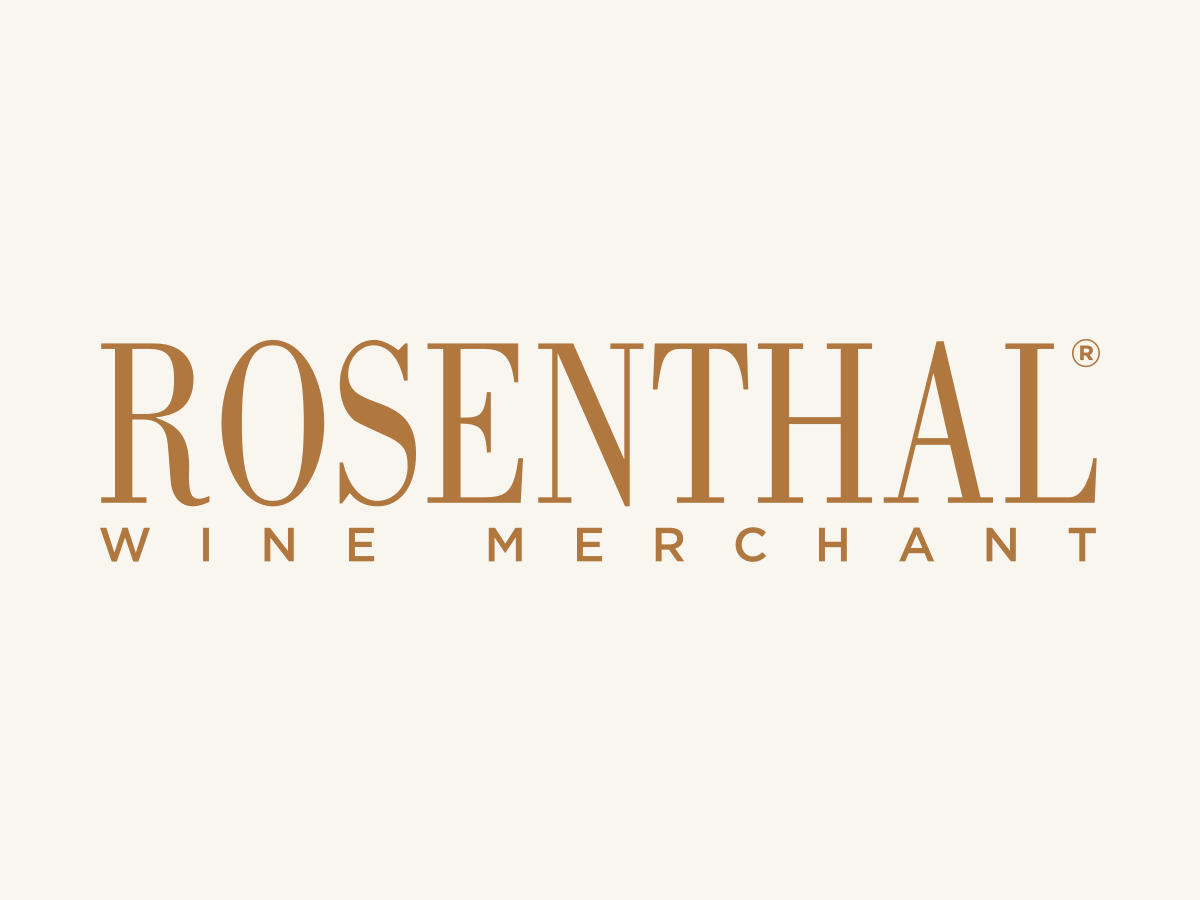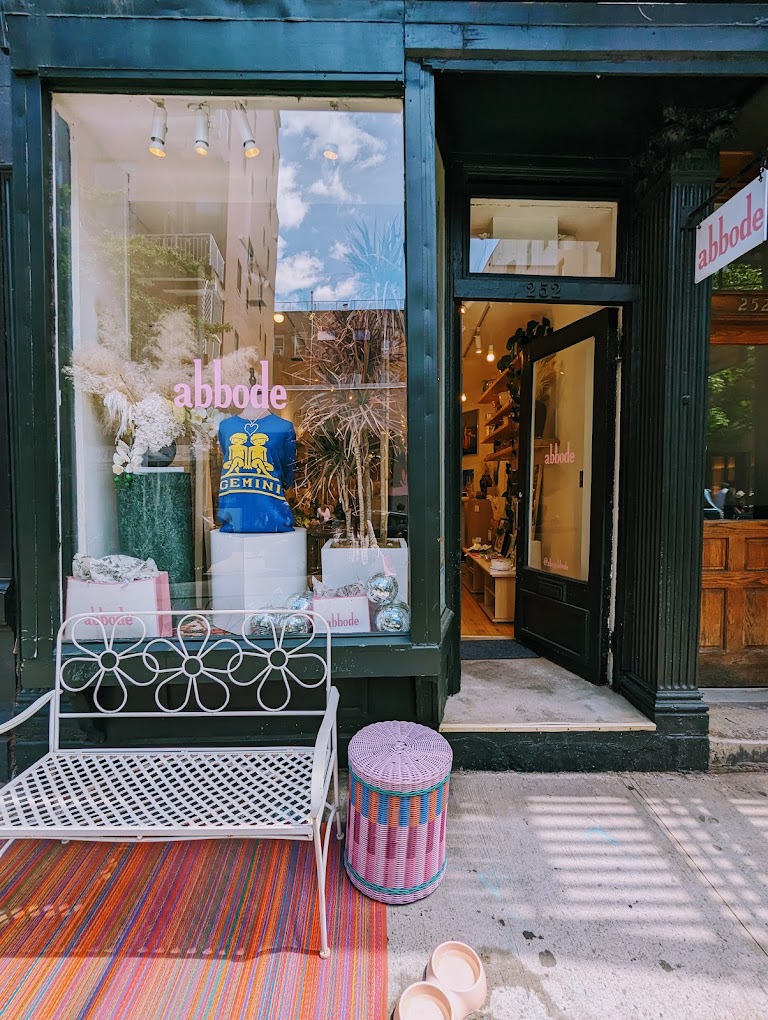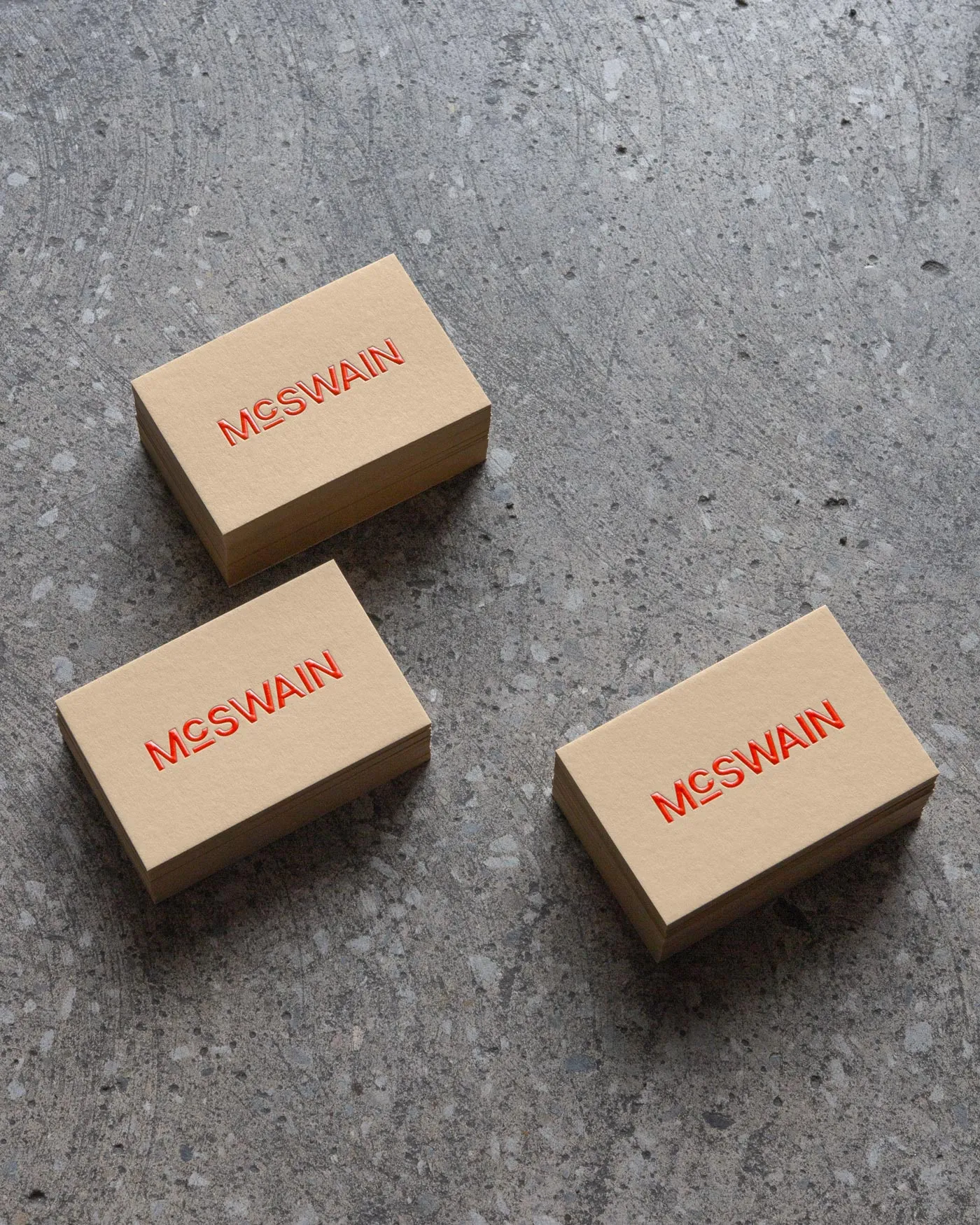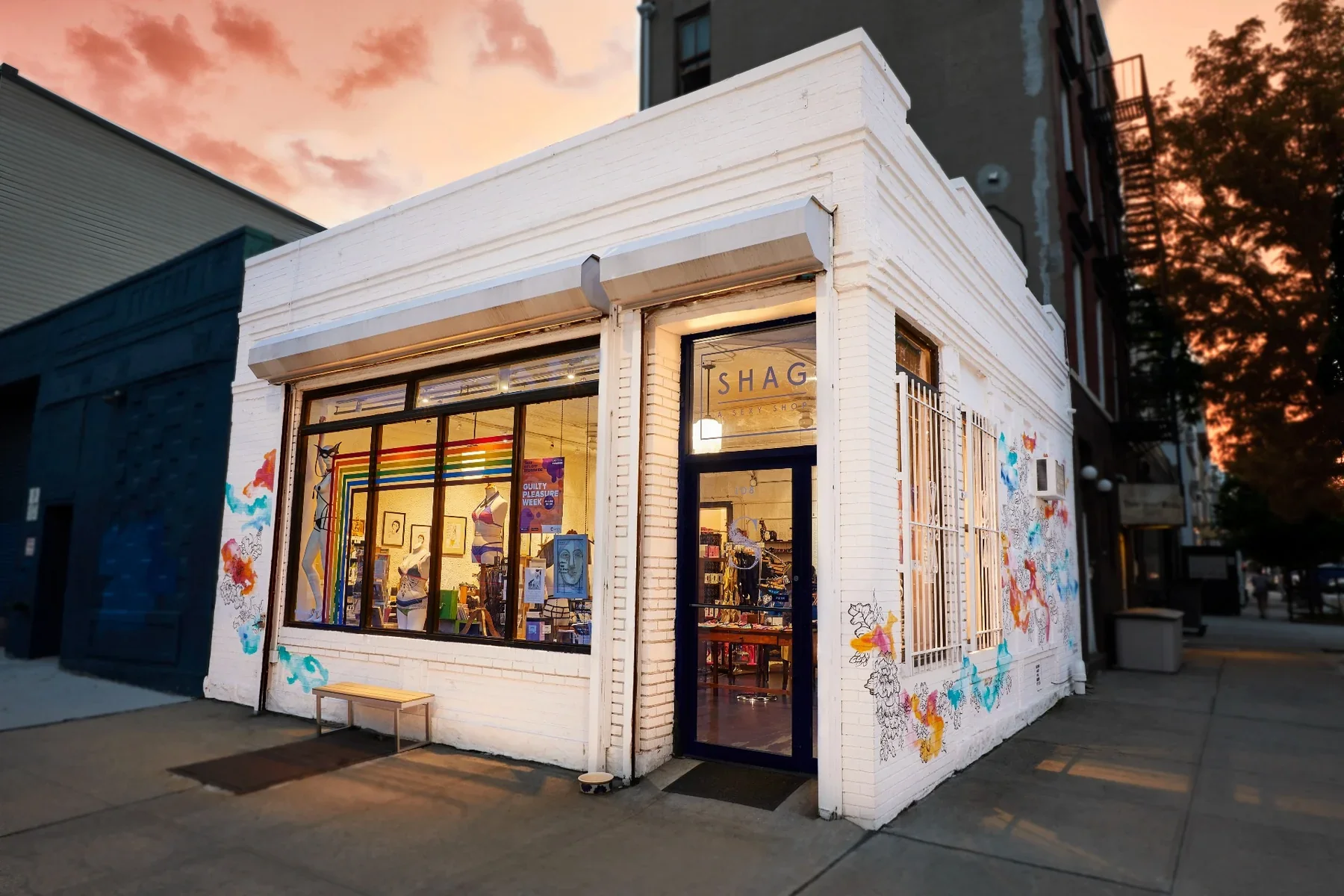2025-12-23
Saving a Delivery: From Problem to Solution
If I can guarantee a package gets to a customer rather than just trying my best, I can save folks a bit of sleep. What’s the difference between a guarantee and a good effort?
This glasses delivery is a pretty good example.
Dispatch
A business partner sells glasses in the $100-$1,000 range.
- He transacts with his customers online
- Our plugin creates Uber Direct and Doordash deliveries for him (sometimes Shopify, other times more custom set-ups)
- We manage the deliveries and coordinate with his customers. We charge a percent of the delivery cost.
He sold two pairs of glasses to a single household. They were picked up within 20 minutes.
Pick-up
Pick-up took 4.5 minutes; there were no issues
We always message the driver when they’re near pick-up. Some stores are hard to find and GPS occasionally mixes up businesses (8% of the time in NYC, for example. Try to create a delivery from any Banana Republic and you’ll always get the one on Broadway.). A simple message helps reduce confusion, driver reassignment, and variable ETAs.
In this case, the driver replied in Russian. That’s normal — depending on the area, we get a lot of mileage out of our SMS translate tools.
Drop-off
The driver marked the order as complete within 48 minutes of pick-up; he was at drop-off for the final 7 minutes
By the time an order is picked up, we’ve already confirmed that a customer will be around to receive it. We message them again when the driver is close. We also message the driver with a description of the address which we pull from our database.
The driver sent a photo of the drop-off and marked the order as complete. Within two minutes, we saw that he had given the customer not two pairs of glasses, but a faucet from Lowes.
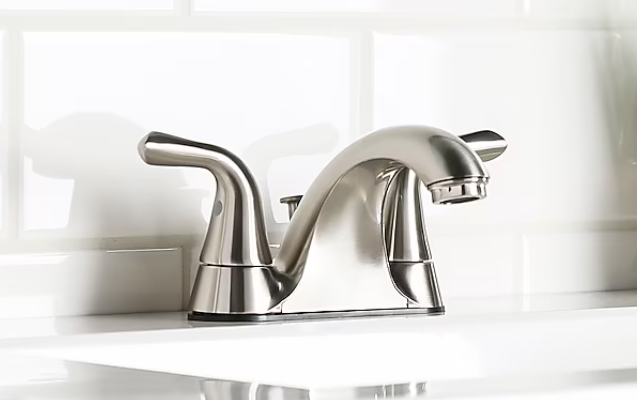
Triangulation
Our operator immediately confirmed with the customer that he received the wrong order. He spoke Yiddish so we weren’t able to get much information about the blurry Lowes box.
When we got hold of the driver, he said didn’t remember his other stops. Our colleague spoke to him in Russian, but he had other Uber trips to do so we couldn’t get very far.
GPS deep dive
Our GPS tech detects when a driver is in the same place for a long time. It helped us surmise that the driver made two stops:
- He started the trip at Lowes, presumably for another delivery.
- He was near a building for 9 minutes between pick-up and drop-off.
We reverse-geocoded the building address. Then we called a dental office in the building who gave us the superintendent’s phone number.
The super said if we sent someone he would let us check the package room, but we needed to provide an exact photo of what we were looking for. No problem - we save those. So we sent another driver who arrived within 17 minutes who reported that there were no glasses in the parcel room. Back to square one.
Tracking down the Lowes customer
In the meantime, we sent a driver back to the drop-off point to check the Lowes order. He got the box from the glasses customer and found a phone number on the label which we called.
The person on the other end said she was expecting Lowes and got glasses! She was also in the address we deduced from GPS data, except the glasses were left at her apartment not the package room. We had already prepared a flyer for the super to post, so maybe we would have found her anyway.
We ordered a Getcho to take the glasses to the intended recipient. We also sent a Getcho to take the Lowes box to its intended recipient. Lowes may never know, but their customer appreciated it.
All told, it took us about 90 minutes to fix the delivery.

Takeaways
- GPS data is sometimes more illuminating than a person
- Lowes uses Uber for same-day delivery. Maybe they occasionally lose packages?
- We need to step in anywhere from 5 - 20% of the time depending on the geography and merchandise. It’s not always this bad.
